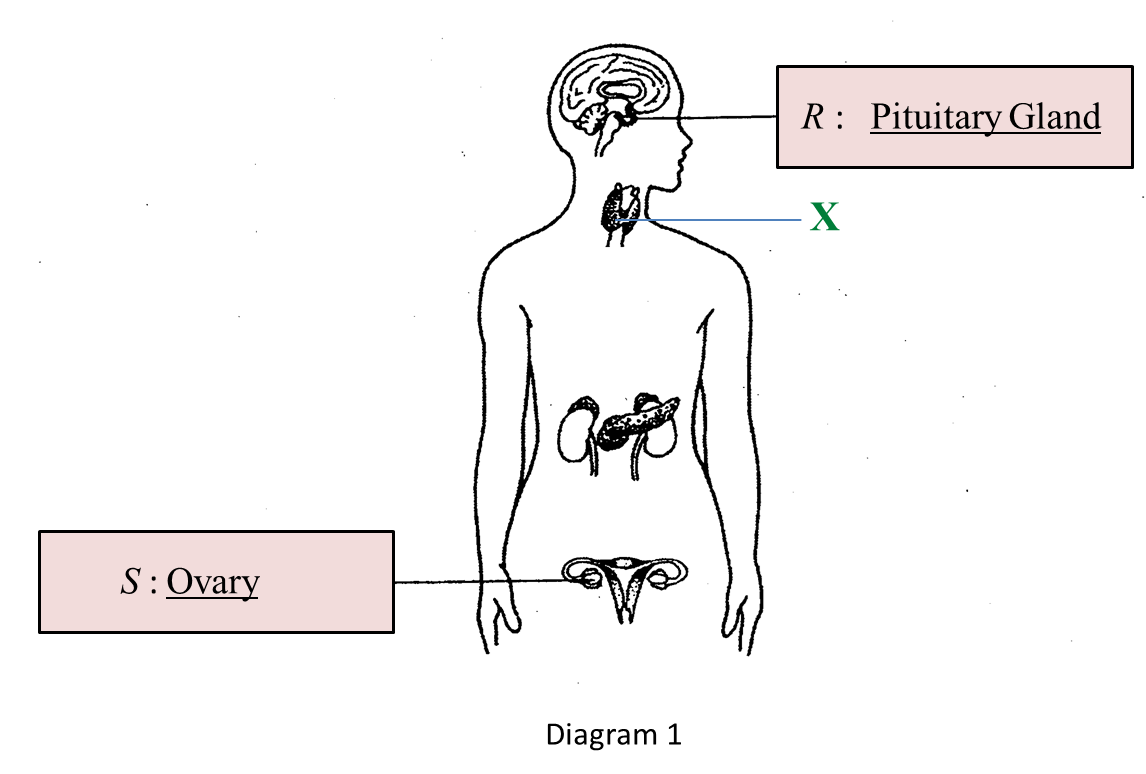What is Facilitated Diffusion?
Facilitated diffusion is the passive transport of substances across the plasma membrane with the help of transport proteins such as the channel protein and the carrier protein.Substances Pass through the Plasma Membrane through Facilitated Diffusion
Particles undergo facilitated diffusion are the particles that cannot diffuse through the phospholipid bilayer such as- Large particles such as glucose, amino acids, proteins and nucleic acids
- Some ions such as the sodium ions and chloride ions
2 Types of Transport Protein
Facilitated diffusion occurs through 2 types of transport protein, namely- Channel Protein
- Carrier Protein

Mechanism of Facilitated Diffusion
Click on the links below to see how facilitated diffusion happen through the plama membrane of the cell.Internet Resources (Flash Animation)
Concentration Gradient
Facilitated diffusion happens down a concentration gradient.Similarities between Simple Diffusion and Facilitated Diffusion
- Down the concentration gradient (From high concentration to low concentration)
- No energy is required
Differences between Simple Diffusion and Facilitated Diffusion

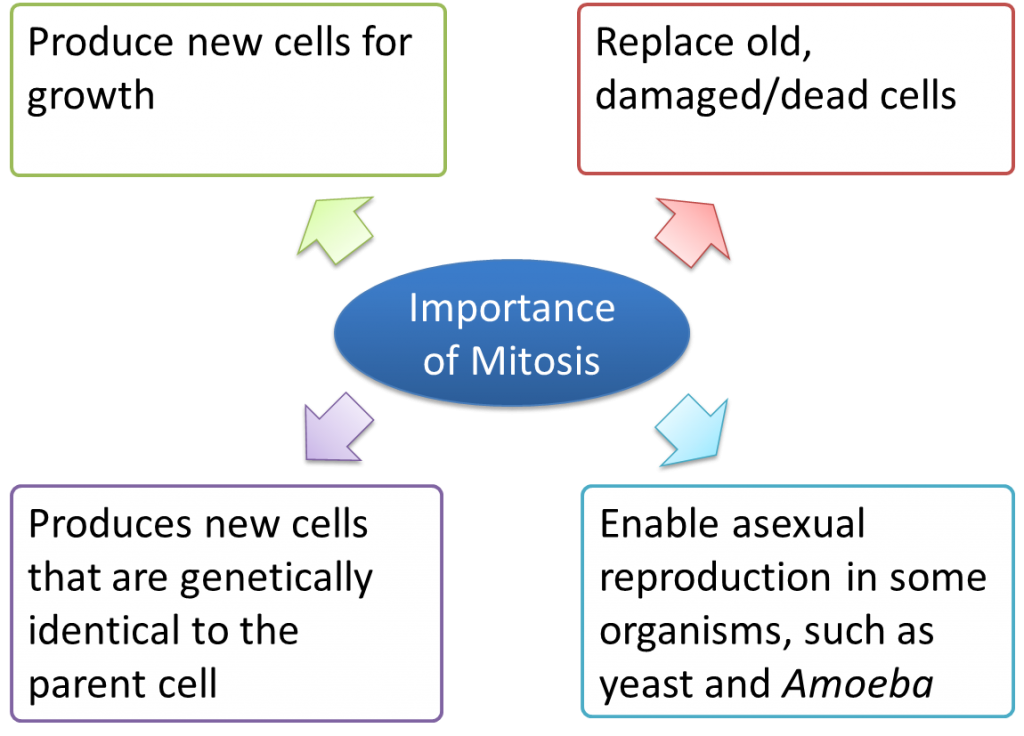
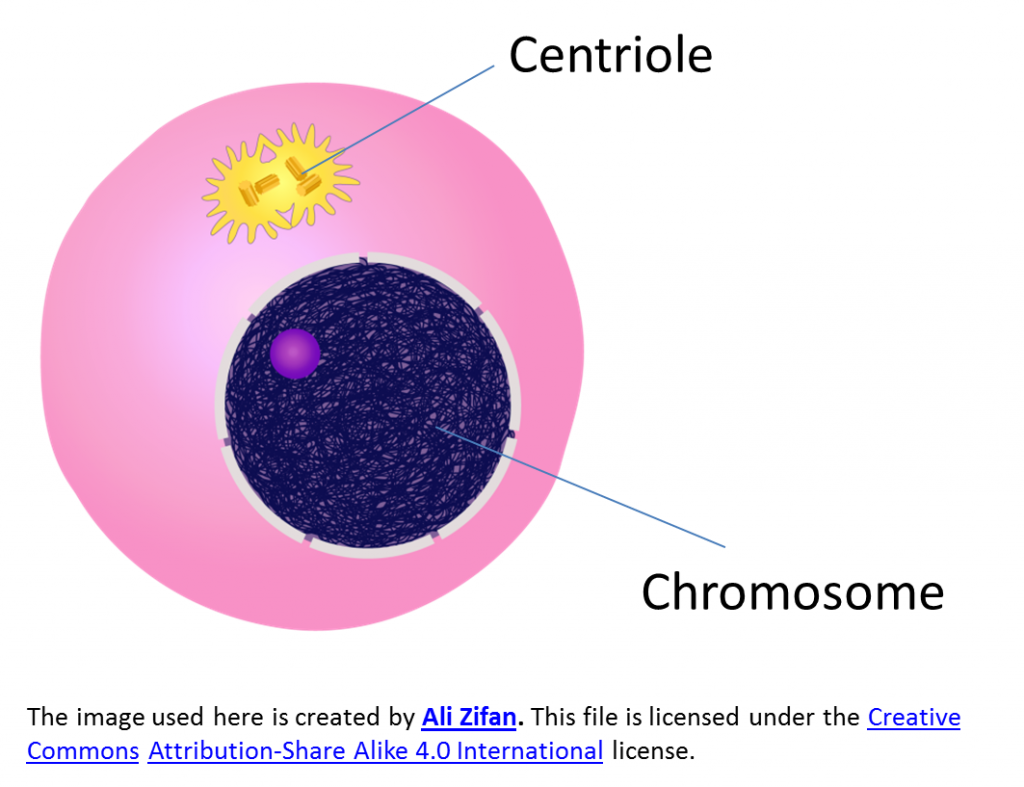
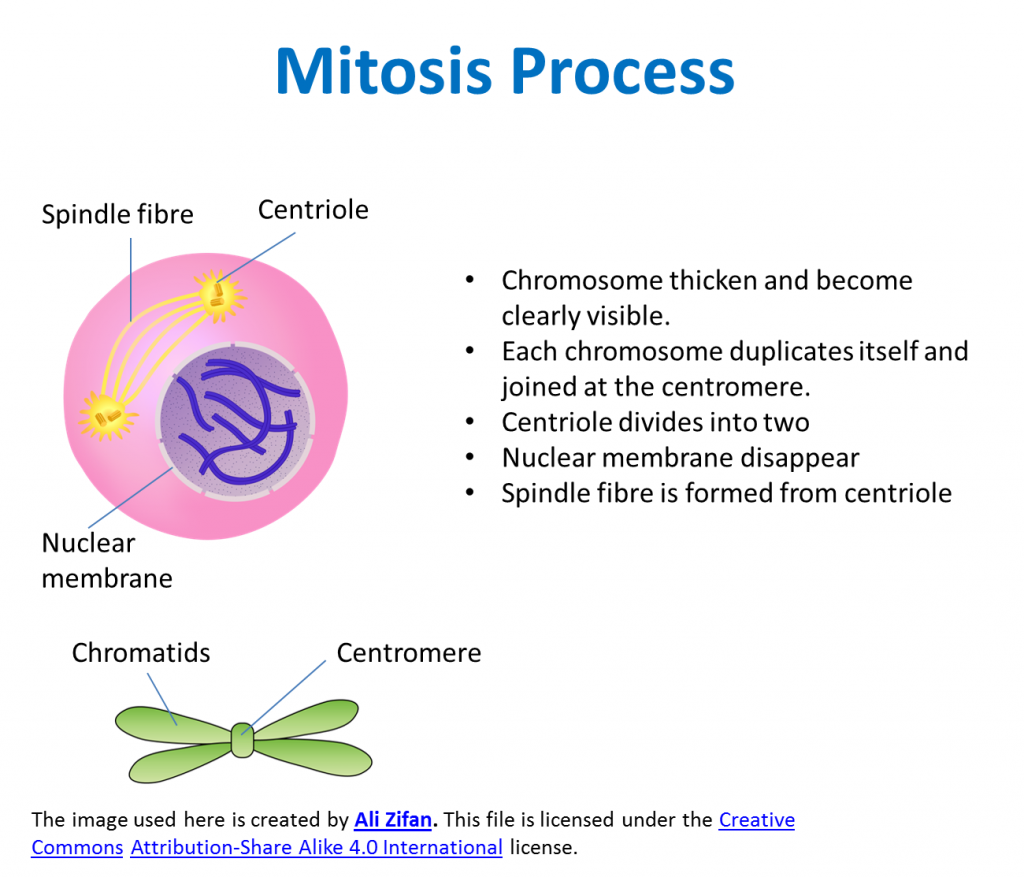
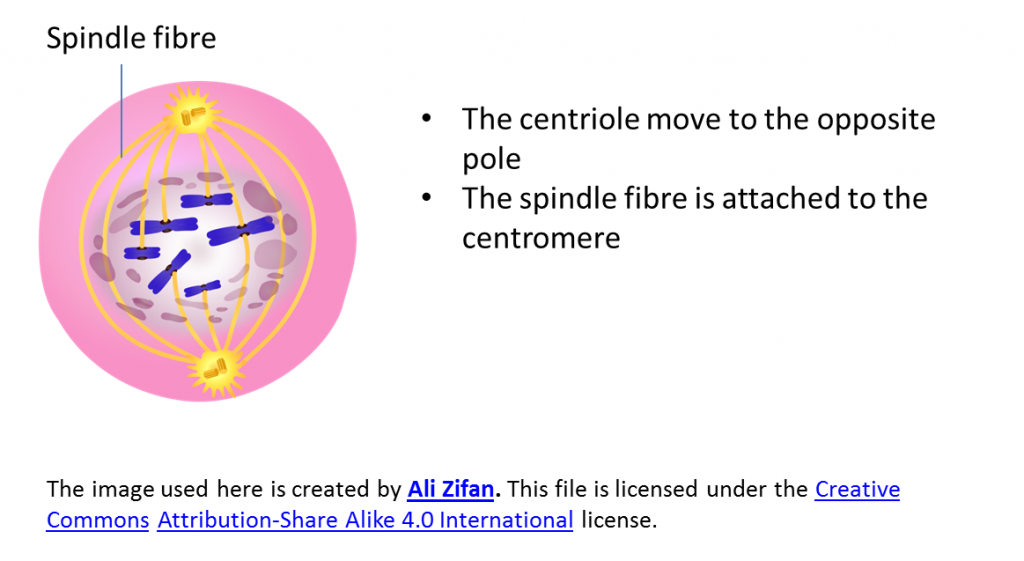
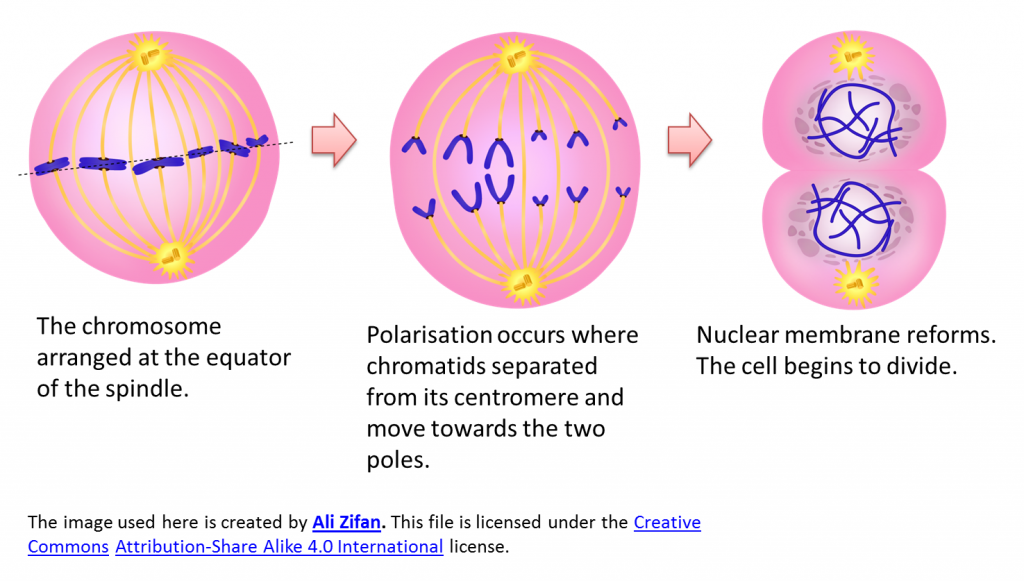

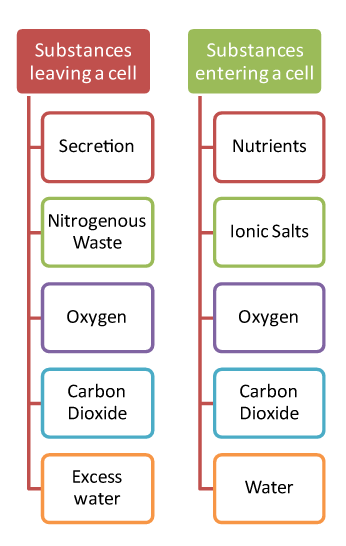





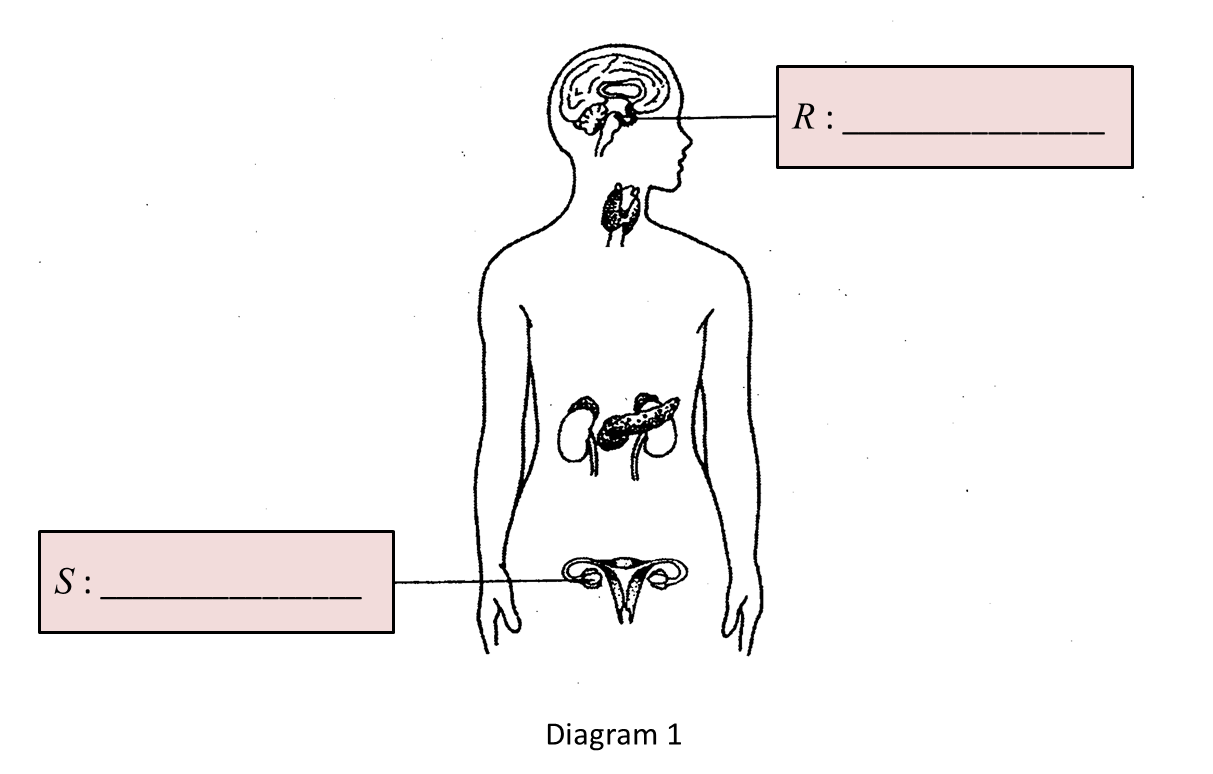 (a) Name glands R and S in the boxes provided in Diagram 1.
(a) Name glands R and S in the boxes provided in Diagram 1.